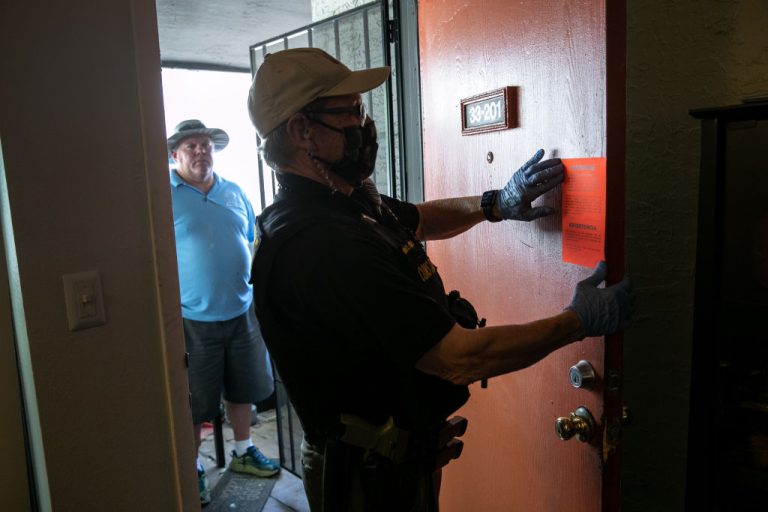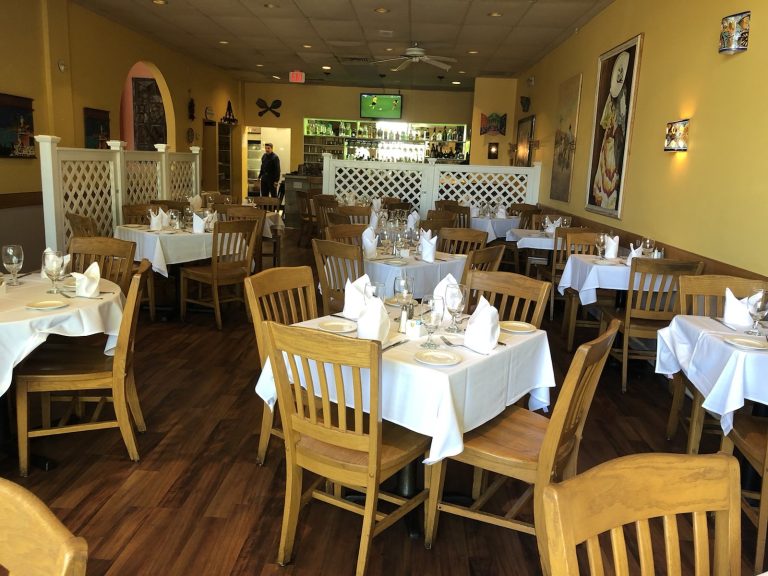What goes up must inevitably come down, housing market speculators who overleveraged during the Coronavirus Disease 2019 (COVID-19) pandemic stimulus measures are learning as a sharp hike in interest rates has combined with a troubled economy.
A Houston housing speculation company named Applesway Investment Group defaulted on four apartment complexes leveraged with $230 million in loans, The Wall Street Journal reported on April 11 based on area court filings.
The Journal summarized the nature of the trade, “Landlords have benefited from surging apartment rents and cheap debt in recent years, which pushed property values to record highs.”
MORE ON NEGATIVE ECONOMIC INFLUENCES
- Social Media Grooms Youth to Make Impulse Purchases, Worry About Money: Survey
- Young Men Are Losing Their Shirts In the Sports Betting Boom
- Luxury Watches Flood Secondhand Market After Crypto Crashes
- Americans Burned Payday Loans and Credit Cards to Speculate on Digital Currency: Survey
“Investors paid high prices for the buildings in part because they were betting on a continued rise in rents. They also considered apartments a safer bet during a recession because people always need a place to live,” authors added.
The problem is, WSJ notes, “Investors who bought properties at the peak of the market in 2021 often financed those deals with floating-rate mortgages.”
Success
You are now signed up for our newsletter
Success
Check your email to complete sign up
In response to COVID lockdown mandates and their impact on the U.S. equities market, the Federal Reserve slashed interest rates to 0.25 percent, leading to cheap borrowing costs and lax lending standards.
But that boon not only led to historic all time highs in the U.S. equities market, but levels of consumer and producer inflation not seen in decades.
In response, the Fed began hiking rates again in April of 2022, so much so that the central bank’s key lending rate now stands at 5.00 percent as of the March Federal Open Market Committee meeting.
The result of a raised central lending rate on floating rate mortgages means that borrowers, who are stuck with no other choice but to sell if things go wrong, must refinance their loans at a higher monthly payment, meaning they need to make more money from renters to make ends meet.
For example, on a simple $500,000 mortgage for a residential home in Canada, as borrowing rates increased an apparently modest 2.99 to 5.89 percent, the result was a 30 percent increase in monthly payments and a more than doubling of total cost of borrowing, Vision Times found in a July of 2022 report on the Royal Bank’s warnings of a pending Canadian housing market crash.
WSJ said, “Most of Applesway’s loans originated in the second half of 2021, just before the Federal Reserve began its campaign to raise interest rates.”
Moreover, one of the four properties was refinanced from 3 to 8 percent, and at 80 percent leverage to boot.
The problem is, The Journal notes, not only are average apartment building values already down 20 percent from their highs, but a February article by the outlet revealed that rents are also down, with renters picking up on average a 3.5 percent deal compared to the price they would have paid in August of 2022’s peak boom.
“Recent declines are a sign that many tenants have maxed out on how much of their income they can devote to rent,” the Journal argued, a point that reflects in some key real world data.
In July of 2022, Vision Times noted a sharp uptick in reports across America from pawn shops who had seen something of an unprecedented increase in people pawning or selling their keepsakes and valuables in order to pay for groceries and gasoline.
By October, U.S. credit card debt had increased more than 18 percent, a heavy $4.68 billion weight hanging over the heads of the country’s collective economy.
To make matters worse, economic data showing that America’s lowest social classes had completely wiped out whatever personal savings they may have been able to amass during COVID’s lockdowns and helicopter stimulus programs started to make the rounds by January.
Applesway was a company the Journal described as “typical of commercial-property investors who saw big profits in the prospect of acquiring moderately priced buildings and raising rents after making certain improvements.”
The article paraphrased the company’s Chief Executive as boasting to prospective investors about how it could “double his investors’ money” through business practices that lead to increased cost of living for tenants, such as “sprucing up a lower-income apartment complex” and then both raising rent and charging “extra fees for amenities.”
The realities of such business practices may be the simple creation of high priced urban slums, however.
In February, local Omaha television station KETV reported on a series of small town apartment buildings that looked nice from the outside, but were an unsanitary disaster inside.
“Driving down Iowa Highway 2, the Clarinda West apartments look like plenty of other rural complexes. Its beige paneled, brick-accented exterior is surrounded by dead grass, on which snow melts in late January. There are cars parked and other signs of life, like a pink children’s play car,” the article wrote.
But inside, one area resident showed the outlet her mother’s apartment, which was described as featuring “layers of white and gray duct tape” that “keep a ventilation unit attached to the wall.”
“A fire alarm hangs from the ceiling, wires exposed. The ceiling has leak scars. And there are bugs. Crawling over counters, creeping between cracks in the cabinets and hatching atop the refrigerator,” authors continued.
The woman said the situation was so bad that rent was late a few times because of costs they had to personally incur for exterminators.
KETV says the owners chose to ignore “requests for improvements and repairs,” but that this was likely caused by the simple reality that the buildings are in foreclosure.
In February, magazine Crain’s Chicago Business reported on the foreclosure of a 13-story office building in downtown Chicago that had been converted into an apartment complex after the developer “failed to pay back a construction loan on the property by its Nov. 1 maturity date.”
The magazine called the development a “surprising case” because “apartments stand out as one the strongest property sectors in Chicago, with few visible signs of financial distress,” while on the other hand, the commercial property market in the city is said to be doing far worse.
The complex stood at a mere 72 percent occupancy rate, the article stated, citing how the area had not recovered from the changes inflicted by COVID mandates.
In another instance chronicled in December of 2022 by The Real Deal, a real estate publication, a “nearly finished luxury condo development” in Brooklyn “intended to house Hasidic families” was also suddenly subject to foreclosure proceedings.
Court filings in the case allege that the developer partnered with a “Kosher bakery owner” on the project and then “provided fake documents to lenders to saddle it with debt, including $25 million in loans.”
In February, reports from Little Rock, Arkansas emerged that the residents of a 151-unit apartment complex were suddenly met with notice that their water and power would be cut off because of unpaid debt accumulated by the property’s owners, the Arkansas Democrat Gazette reported.
The article stated the owner entered into a mortgage in December of 2019 for $5.22 million on the property, but then defaulted after failing to make payments by December of 2022.
Notably, the Federal Home Loan Mortgage Corp alleges it’s still owed $4.94 million on the contract, meaning that over 3 years, it would appear that less than $300,000 in principal was paid down.















